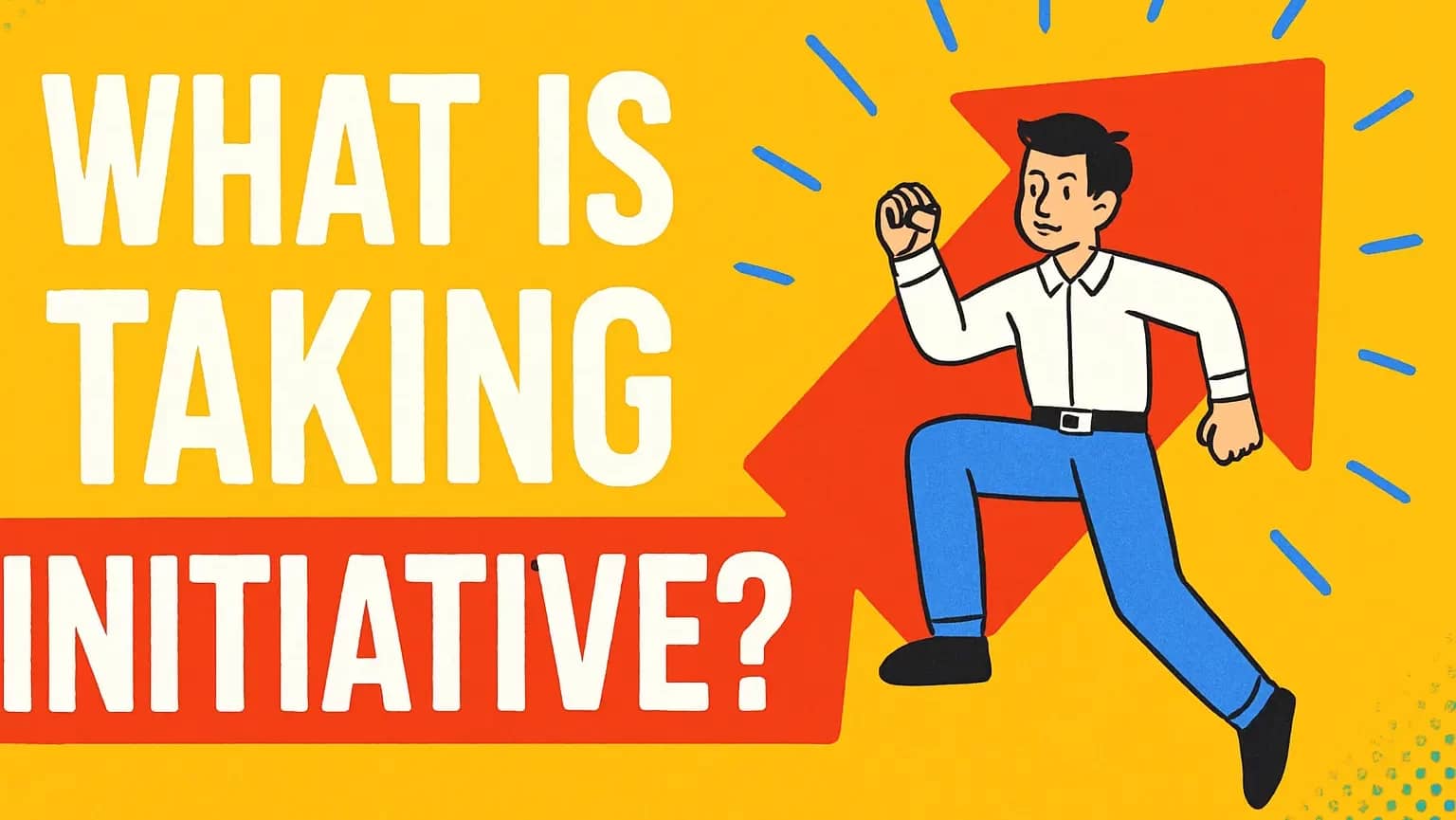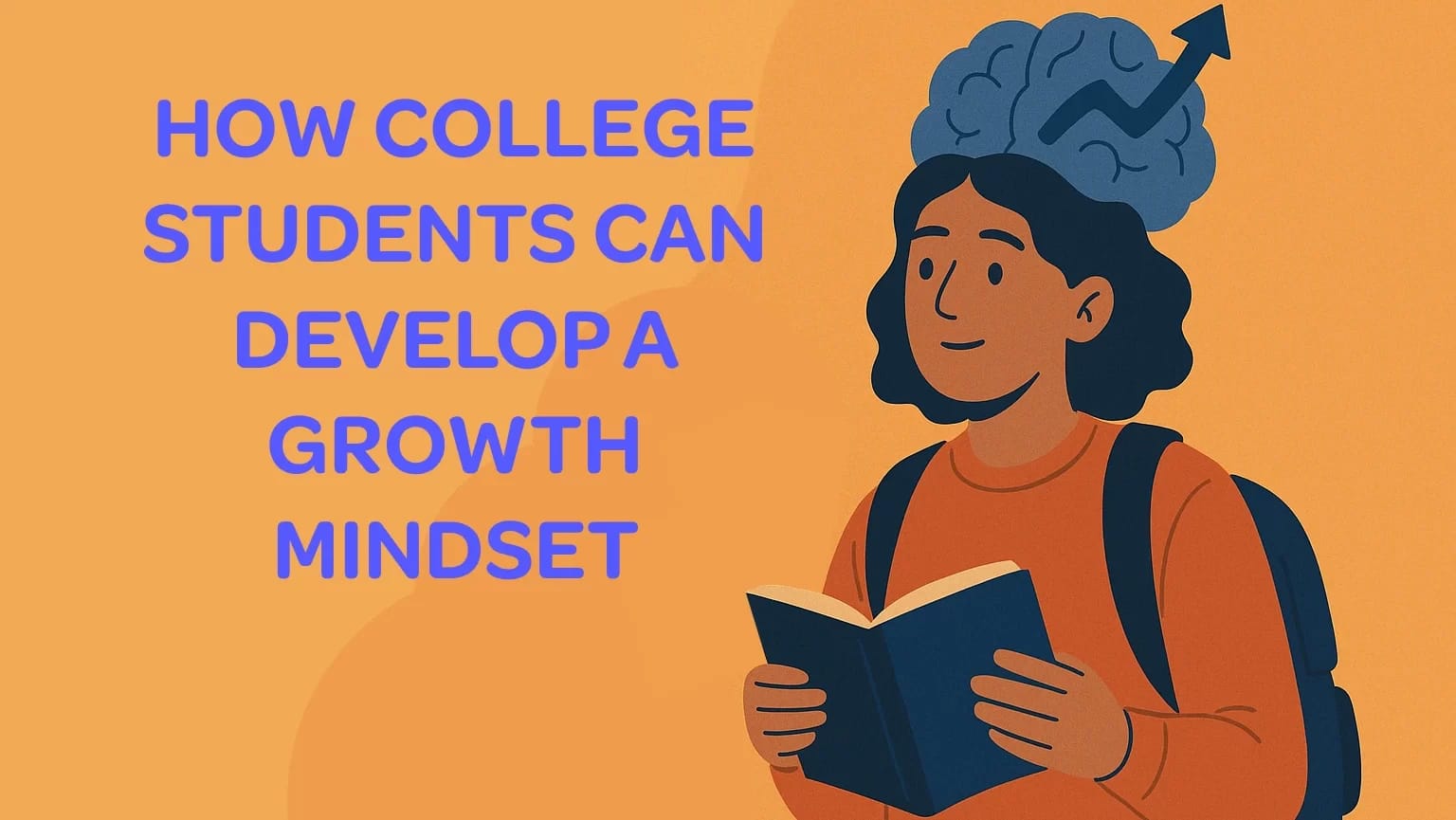The entire world is entering a mental health crisis. The next generation of Gen Z will receive more mental health support than previous generations. We’re human and naturally crave pleasure and comfort over pain and discomfort. You may have noticed finding less satisfaction in activities that previously made you happy. Instead, you pursue activities you think will make you happy but lead to more misery than before.
Kendra Cherry from Verywellmind wrote, “Delaying gratification means prioritizing a long-term goal over an immediately achievable one. Resisting the temptation of instant gratification can yield significant benefits that outweigh the challenges.”
When you were a kid, you had fun playing tag with your friends, being outside, and chasing each other, but why do you no longer experience the same level of excitement you felt before? Why is it so hard for you today to go outside and run a mile? In this article, you’ll learn the benefits of delaying gratification and how it contributes to the person you want to be.

What’s the difference?
Instant gratification is the indulgence in pleasurable activities to receive immediate joy, typically leading to more stress and anxiety afterward, while delayed gratification is the complete opposite. Instead of acquiring immediate satisfaction, delayed gratification involves engaging in activities requiring willpower and discipline, postponing pleasure until the end of the process.
While engaging in instant gratification activities, you focus on chasing the reward without recognizing the consequences of that activity. You enter a rabbit hole toward the pursuit of pleasure rather than success. Sometimes, the pleasurable activity you believe will bring satisfaction will backfire, causing you to feel worse than you did before.

Delayed gratification ignores short-term pleasure and prioritizes long-term rewards from taking on challenges and indulging in work geared towards success amid discomfort. Here are a few examples of activities that deliver instant gratification versus delayed gratification:
| Instant Gratification | Delayed Gratification |
| Eating fast food | Eating fruits and vegetables |
| Scrolling through social media | Studying for an exam |
| Spending money on luxuries | Saving and investing money in an index fund |
Here, you can see how activities delivering instant gratification differ from activities promoting delayed gratification. On the left, those activities lead to an instant dopamine rush, resulting in pleasure at first but can be a disaster in the end—while on the right, these activities are a huge hassle at first, but will result in greater long-term rewards.
Why should I delay gratification?
All successful individuals receive admiration for their ability to delay gratification. They engage in activities such as exercise and reading to serve significant long-term purposes instead of engaging in activities that reap short-term rewards. They’ve successfully mastered the game of life: prioritizing decisions that lead to extraordinary benefits over decisions that lead to regrets and misery.
By rejecting instant gratification, you can rewire your brain to seek pleasure from indulging in strenuous and back-breaking activities, further promoting the growth of discipline and accountability. With notifications going off every second and the desire to check your phone becoming even more irresistible, it’s nearly impossible to reject these high dopamine-generating activities, but this is what delivers the ultimate value of delayed gratification.

“If you get a peak in dopamine from a reward, it’s going to lower your baseline, and the cognitive interpretation is that you didn’t do the activity because you enjoyed it: you did it for the reward.”
-Andrew Huberman (Stanford Neuroscientist)
Activities that deliver instant pleasure serve as a temporary escape from long-lasting problems. Instead of facing your challenges head-on, you run away from them. For instance, if you’re struggling with paying rent, will that problem be solved by watching a movie, scrolling on Instagram, and eating fast food? Truth is: once that pleasurable activity is over, the pleasure will fade, and life’s responsibilities will slap you across the face. The only viable solution to your problem is delaying gratification, so you can waste no time and overcome it rather than deny its existence.
Here are some benefits of delaying gratification:
-Greater focus and discipline to achieve goals
-Improves self-control
-Improves mental health
-Higher pain tolerance
-Decreased likelihood of health complications (obesity, STIs, etc.)
-Less regrets from meaningless activities (drugs, alcohol, gambling, etc.)
How can I start implementing delayed gratification?
Discipline plays an enormous factor in the adoption of better habits. Of course, it’s difficult because we’ve wired our brains to seek pleasure for so long that even the slightest bit of discomfort prevents us from having any courage to attempt delayed gratification. We all have two voices; the angel telling us to make good decisions and the devil promoting regret. You must identify the voice that wants the best for you, and follow it.
Mastering discipline derives itself from habit over a continuous period; it won’t magically reveal itself in one day. That means every day, even when your entire body wants you to be comfortable. The best way to make delayed gratification the new norm is by starting small and growing from there. For example, instead of scrolling on social media for six hours a day, reduce that to five hours and thirty minutes the next day. After habitually cutting down your time on social media, checking your phone will become undesirable; furthermore, you’ll feel repentant from even taking one swipe down your timeline.
Break it up task-by-task
Incorporating a new habit into our daily routine, such as reading or exercising, can seem daunting because of the hassle. But if we focus on completing one task of that activity at once, we give ourselves more confidence to continue that activity. Instead of looking at the overwhelming task entirely at once, focus on completing smaller and manageable tasks. For example, if you want to get into the habit of running a mile every day first thing in the morning, focus on the smaller and manageable tasks you can complete now, such as refilling your water bottle and getting your running shoes on.


